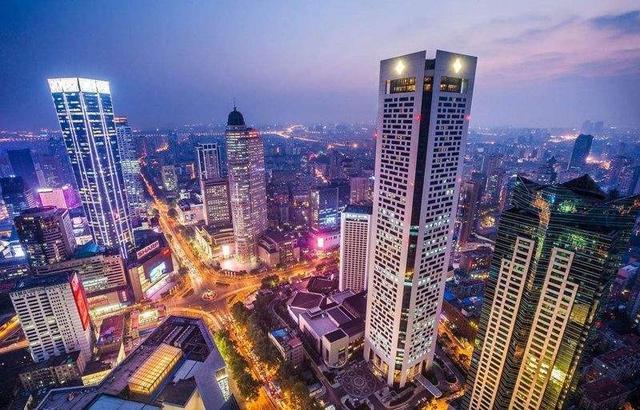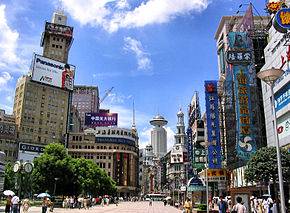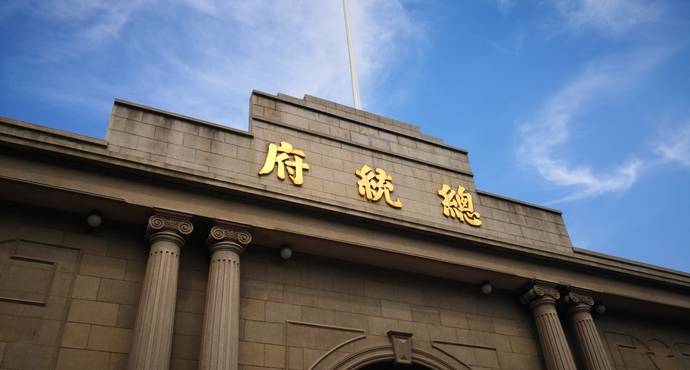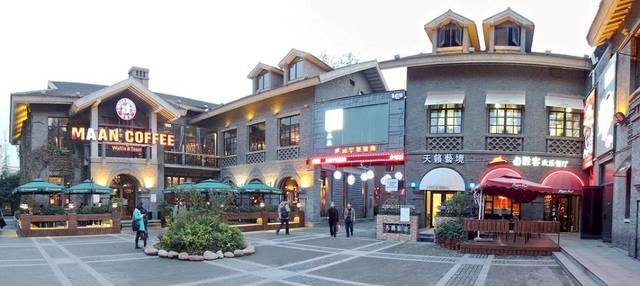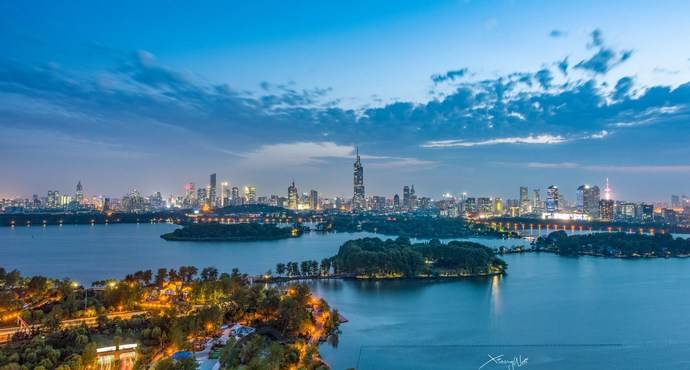The city center of Nanjing, it is the first choice for shopping and leisure. The best seasons to visit Nanjing are spring (March-May) and autumn (September-November). In spring, the blooming plum blossoms on Plum Blossom Hill and the cherry blossoms outside Jiming Temple are particularly enchanting.
Nanjing Impressions
Nanjing Impressions was founded in 1994 and has been perfecting its culinary offerings for twenty years. The service is also very professional. Although it can be noisy and chaotic due to the large number of people, everything is still very orderly, and the entire process flows smoothly. The shop integrates almost all of Nanjing's famous snacks, including salted duck, duck blood vermicelli soup, osmanthus cake, lotus root starch balls, and more!
Nanjing Presidential Palace
Located at 292 Changjiang Road, Nanjing, it has now become the largest modern history museum in China. The Nanjing Presidential Palace has a history of over 600 years. From the Opium War in 1840 to the liberation of Nanjing in 1949, Nanjing, as the political center of modern China, has repeatedly become the hub of China's political and military activities and the source of major events. A series of significant events in China either occurred here or were closely related to this place, and many important figures have been active here. This architectural complex has become an important historical site in modern Chinese history.
Nanjing 1912
This architectural complex, with alternating blue-gray and brick-red colors, features an ancient and exquisite style. It is arranged in an L-shape around the 'Presidential Palace,' forming a commercial architectural complex characterized by the culture of the Republic of China. The year 1912 marks the first year of the Republic of China, and the name 'Nanjing 1912' was selected from over 600 proposals, instantly capturing everyone's hearts.
Ming Xiaoling Mausoleum
As the foremost of the Ming tombs in China, the Ming Xiaoling Mausoleum is grand and magnificent, representing the highest achievements of early Ming architecture and stone carving art. It directly influenced the design of imperial tombs for over 500 years during the Ming and Qing dynasties. The imperial tombs distributed in Beijing, Hubei, Liaoning, Hebei, and other places were all built according to the regulations and model of the Ming Xiaoling Mausoleum in Nanjing. It holds a special place in the history of the development of Chinese imperial tombs, earning it the reputation of being the 'First Imperial Mausoleum of the Ming and Qing Dynasties'.
Xuanwu Lake
Xuanwu Lake, formerly known as Sangpo and Houhu, has a history of over 1,500 years. During the Six Dynasties period, it served as an imperial garden. In the Ming Dynasty, it was used as the Huangceku (imperial archives), making it a royal forbidden area. In the Qing Dynasty, it was converted into a park.
